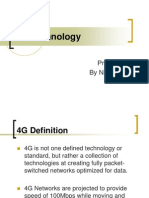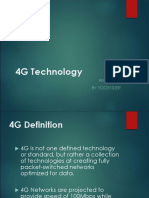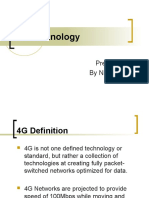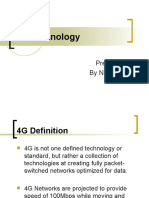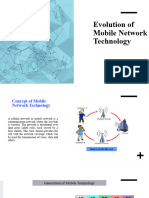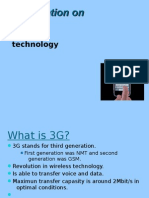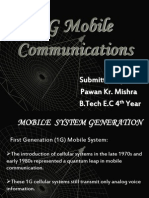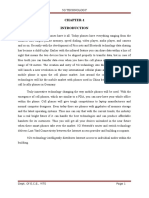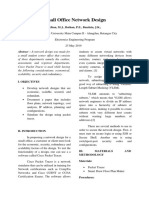0% found this document useful (0 votes)
77 views7 pagesExample of I.tcellular Technology Explained
The document discusses the evolution of mobile technologies from 1G analog to 4G LTE networks. It explains key standards like GSM, CDMA, HSPA and LTE and technologies like VoLTE and WiFi calling that allow voice and data services over 4G networks.
Uploaded by
Sameer SagarVEVOCopyright
© © All Rights Reserved
We take content rights seriously. If you suspect this is your content, claim it here.
Available Formats
Download as DOCX, PDF, TXT or read online on Scribd
0% found this document useful (0 votes)
77 views7 pagesExample of I.tcellular Technology Explained
The document discusses the evolution of mobile technologies from 1G analog to 4G LTE networks. It explains key standards like GSM, CDMA, HSPA and LTE and technologies like VoLTE and WiFi calling that allow voice and data services over 4G networks.
Uploaded by
Sameer SagarVEVOCopyright
© © All Rights Reserved
We take content rights seriously. If you suspect this is your content, claim it here.
Available Formats
Download as DOCX, PDF, TXT or read online on Scribd
/ 7







